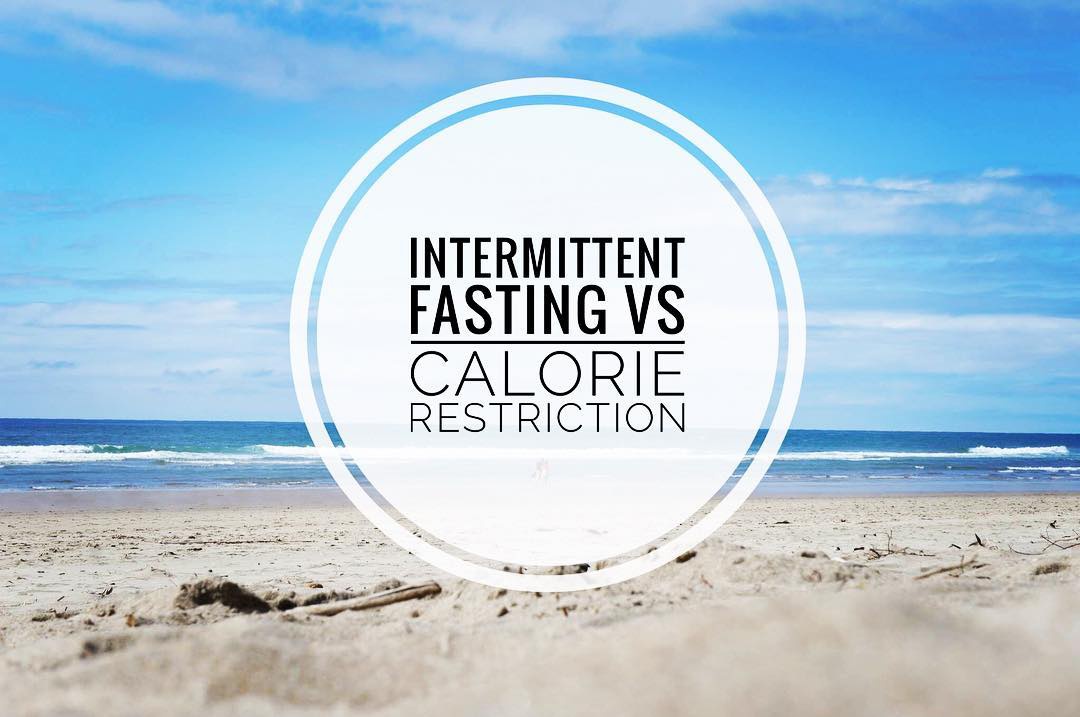 The classic method of fasting is lowering the number of calories you eat. A lot of people find this method hard to stick with and now studies suggest it might not be the most effective method. Remember when metabolism drops, weight loss plateaus. Caloric reduction forces the body to shut down in order to match the lowered caloric intake.
The classic method of fasting is lowering the number of calories you eat. A lot of people find this method hard to stick with and now studies suggest it might not be the most effective method. Remember when metabolism drops, weight loss plateaus. Caloric reduction forces the body to shut down in order to match the lowered caloric intake.
In the 1950s Dr. Ancel Key’s Minnesota Starvation Study, volunteers were on a ‘semi-starvation’ diet of 1500 calories per day, A major 30% caloric reduction from their regular diet. In response, their basal metabolic rate dropped about 30%. They felt tired, and hungry. When they resumed their typical diet, all their weight came back.
Caloric restriction diets only work short-term before your metabolism falls in response. Remember we were comparing it to human body temperature in my previous weight loss posts?
The secret to long-term weight loss is to maintain and improve your metabolism. What doesn’t put you into starvation mode? Actual starvation! Sorry, just joking. Lets talk about a different strategy for dieting: intermittent fasting.
Fasting triggers hormonal changes that do NOT happen with simple caloric reduction. Insulin drops quickly, helping prevent insulin resistance and weight loss plateau. Growth hormone rises, helping you maintain a leaner body mass. Four days of continuous fasting does not cause basal metabolism to drop. Instead, it increases by 12%!
Why does this happen? Imagine we are cavemen. It’s winter and its so hard to get any food. If our bodies go into ‘starvation mode’, then we would have no energy to go out and find food. Each day the situation gets worse and eventually we die. Instead, while fasting, the body opens up its big supply of stored food – body fat! So metabolism stays high, and we change fuel sources from food, to stored body fat. Now we have enough energy to go out and hunt!
Intermittent fasting doesn't require four days to perform, just a few hours in the morning. Remember, you've been sleeping for around 8 hours already, so your body is already accessing stored energy. As little as 4 more hours can trigger big changes in the way your body finds energy to start your day. Wait till 10 or 11 in the morning and eat an apple first thing in the morning before your regular lunch. Try this technique two times a week to start with, and see what happens! These small reductions in calories add up!